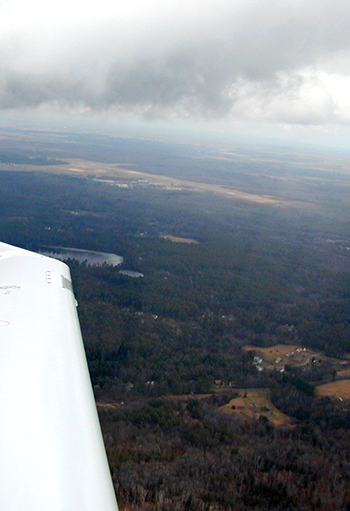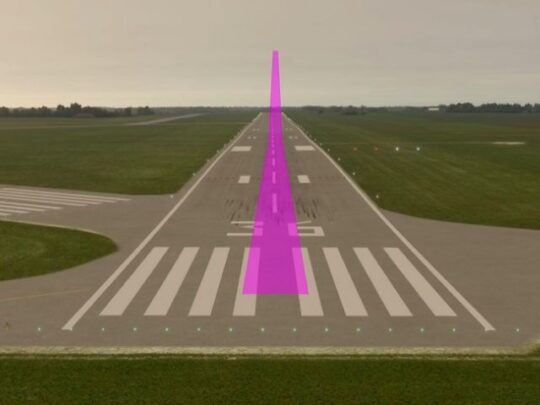Subscriber question:
"Are circling approaches still relevant in the age of GPS and LPV approaches?"
Martin:
 “In the days before GPS, instrument approaches required expensive navigation ground equipment, so the FAA had to choose carefully which runway ends to provide with an approach. Circling minimums were often the only way to land on a favorable runway. For the most part, today we have GPS and LPV and the only reason why a straight-in instrument approach procedure is not offered is because terrain or obstacles get in the way.
“In the days before GPS, instrument approaches required expensive navigation ground equipment, so the FAA had to choose carefully which runway ends to provide with an approach. Circling minimums were often the only way to land on a favorable runway. For the most part, today we have GPS and LPV and the only reason why a straight-in instrument approach procedure is not offered is because terrain or obstacles get in the way.
So, do circling approaches still make sense these days? Yes, they do—but mostly for efficiency. Think of a typical airport with an east-west runway, offering RNAV approaches with LPV minimums to both Runway 9 and Runway 27. You’re approaching the airport from the west, with strong westerly winds. After enjoying a nice tailwind enroute, you need an instrument approach to get below the 1000-foot overcast to land in what’s reported as good visibility beneath the clouds. The RNAV Runway 27 approach does that just fine, but it takes you several miles past the airport before turning around to fly the approach and land into the wind.
This is where the circling approach can help. Remember that the purpose of an approach is to bring you down to visual conditions. A straight-in approach also aligns you with a landing runway such that you don’t need much low-altitude maneuvering before landing. But if we can make that maneuver in good visual conditions and potentially near, or even at, pattern altitude, we don’t need the alignment.
So, in our example, we fly the RNAV Runway 9 approach, which is pretty much on our direct path to the airport, descend through the cloud layer, and then—once we see the runway—fly a pattern visually under the overcast and with decent visibility to Runway 27. And because we’re still IFR in this circle-to-land, we aren’t even restricted by VFR cloud clearances.
Voilà: We’ve just used a circling approach to land safely while avoiding the extra five to ten minutes of flight time it would have taken to fly the straight-in approach to Runway 27. This is only a good idea if the ceiling is reasonably high and the visibility under the clouds is reasonably good in daylight conditions. Lacking that, I’ll gladly fly the extra miles for the full straight-in approach for better safety and less stress.”
Learn more about Circling Patterns in this video from our IFR Approach and Departure Gotchas course.
Will you fly a circle-to-land (CTL) at less than pattern altitude?

